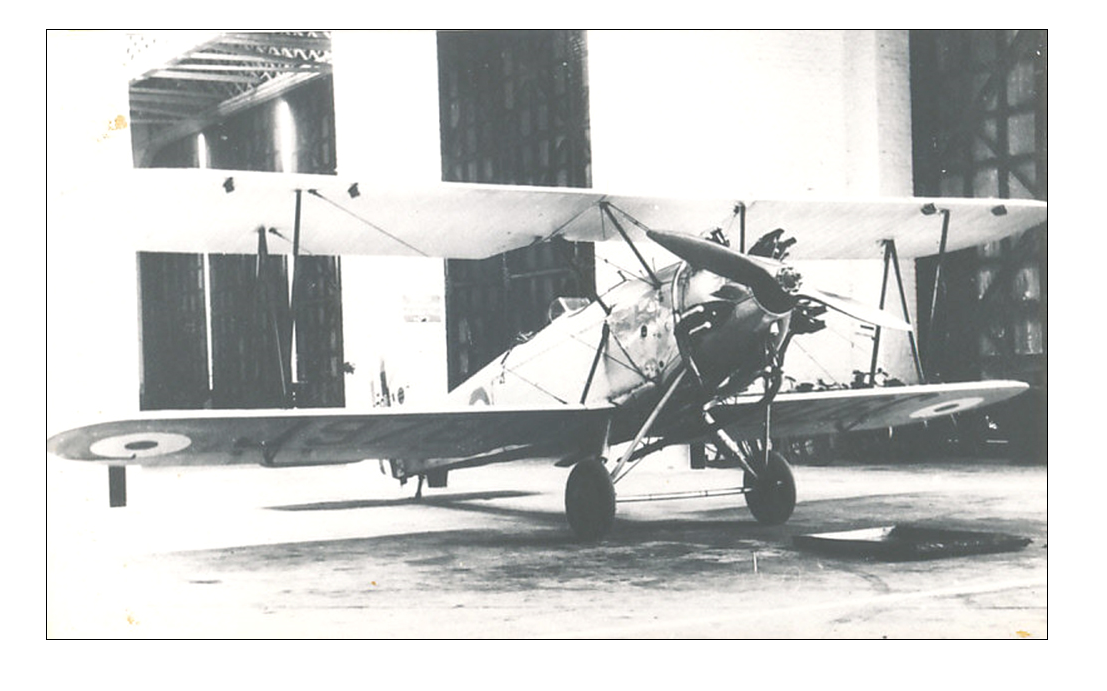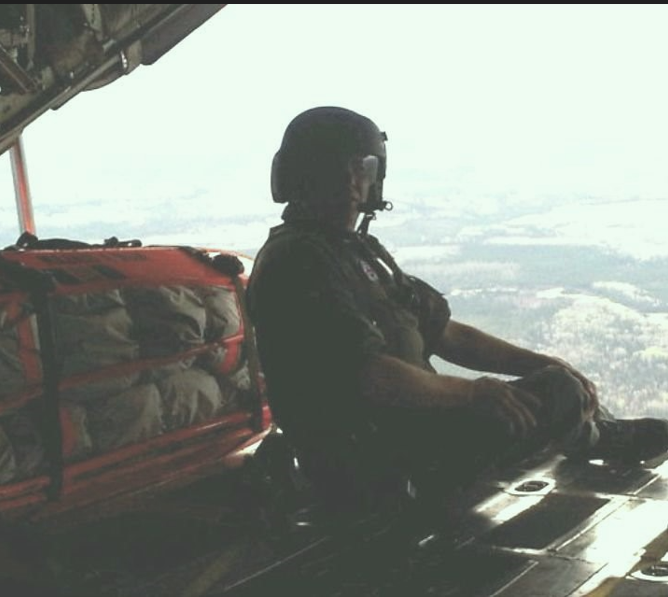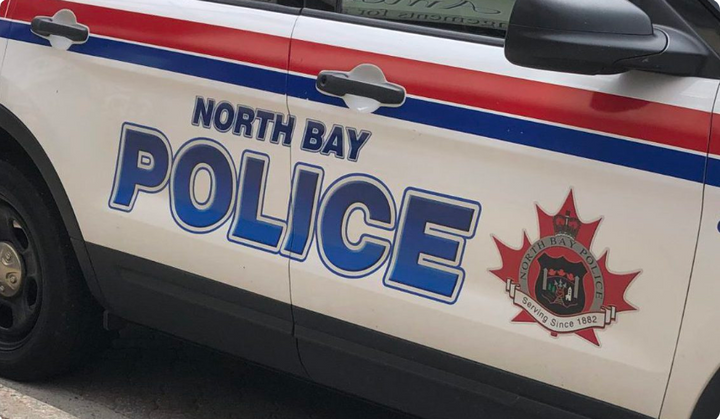The Hawker Tomtit

Weekly Column by Chris Charland
R.C.A.F. Aircraft Profile
The Avro 504 two-seat bi-plane training aircraft, had a long and distinguished record of military service in the United Kingdom, Australia, New Zealand and here in Canada. As a matter of fact, the last Avro 504N's were taken off strength with the Royal Canadian Air Force on the 25th of November 1930.
In 1927 Britain's Air Ministry was looking for a suitable replacement for the Avro 504 and held a competition which was open to the country's aircraft manufacturers. One response to the Ministry's requirement came in the form of the Hawker Tomtit, a two-seat bi-plane trainer designed by aeronautical engineering genius Sydney Camm. Many of you may not know his name but perhaps you may recognize one of his future designs, the Hawker Hurricane single-seat fighter. Hawker saw a limited production run of 24 aircraft, which were delivered to the R.A.F. between 1928 and 1931.
Unfortunately, despite having been very well received by pilots, the Tomtit failed to win the contract. By then Hawker was too busy producing the Hawker Hart two-seat light bomber and as a result did not have the means to begin producing another aircraft. As a result, the Royal Air Force instead ended up selecting the Avro Tutor.
The Royal Canadian Air Force brought two ex-Royal Air Force Hawker Tomtits on strength on the 15th of May 1930. They first served with No. 112 (Army Co-operation) Squadron (Auxiliary) at R.C.A.F. Station Winnipeg, Manitoba. From there, Tomtit s/n 139 served with No. 1 Air Armament School at R.C.A.F. Station Camp Borden, Ontario. Both Tomtits were loaned to No. 2 (Army Co-operation) Squadron at R.C.A.F. Station Trenton, Ontario from No. 7 (General Purpose) Squadron's Communications Flight at R.C.A.F. Station Ottawa.
They both finally served with No. 12 (Communications) Flight which was formed at R.C.A.F. Station Rockcliffe, Ontario on the 10th of September 1939. The Flight had been formed from the Air Force Headquarters Communications Flight which in turn had been the Communications Flight, also known as the General Purpose Flight, of No. 7 (General Purpose) Squadron. The Flight was re-designated as No. 12 (Communications) Unit on the 30th of July 1940 and then as No. 12 (Communications) Squadron on the 30th of August 1940.
In April 1941, these aircraft were converted to instructional airframe status and given the new serial numbers A 130 and A 131 respectively. Both aircraft were struck off strength from the R.C.A.F. on the 24th of July, 1943.

BIO
Chris Charland is a former member of the Canadian military. On June of 1991, he began writing as a military affairs journalist with CFB North Bay's newspaper "The Shield". Since then, Chris has done a wide variety of writing and became a published author in 1997. He has written and contributed to over 20 books related to air force history and civilian aviation. Chris is an Associate RCAF Historian. He is also a licensed pilot and amateur radio operator. Some of his time is also taken up with North Bay Air Search and Rescue.



